|
| Energy | Environment | Cost | Renewable | Recreation |
Energy
- World-wide, about 20% of all electricity is generated by hydropower. (1)
- Hydropower provides about 10% of the electricity in the United States. (1)
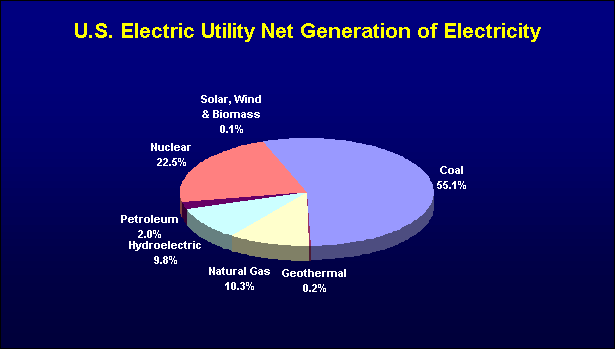
- The United States is the second largest producer of hydropower in the world. Canada is number one. (1)
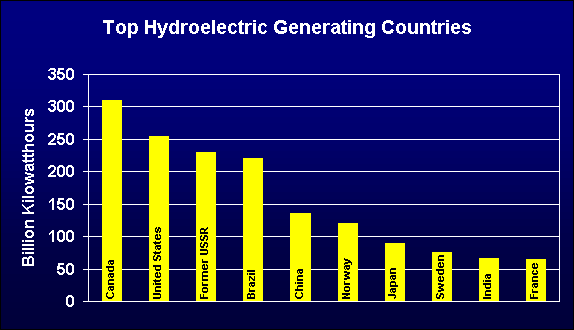
Top of Page
Environment
- Hydropower is clean. It prevents the burning of 22 billion gallons of oil or 120 million tons of coal each year. (1)
- Hydropower does not produce greenhouse gasses or other air pollution. (1)
- Hydropower leaves behind no waste. (1)
- Reservoirs formed by hydropower projects in Wisconsin have expanded water-based recreation resources, and they support diverse, healthy, and productive fisheries. In fact, catch rates for gamefish like walleye and smallmouth bass are substantially higher on hydropower reservoirs than natural lakes. (3)
Top of Page
Cost
- Hydropower is the most efficient way to generate electricity. Modern hydro turbines can convert as much as 90% of the available energy into electricity. The best fossil fuel plants are only about 50% efficient. (1)
- In the U.S., hydropower is produced for an average of 0.85 cents per kilowatt-hour (kwh). This is about 50% the cost of nuclear, 40% the cost of fossil fuel, and 25% the cost of using natural gas.
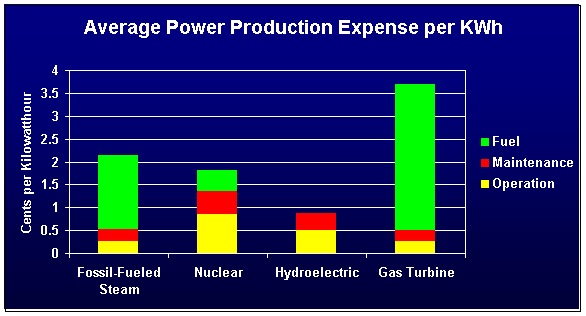
- Recent data shows that in Wisconsin hydropower is produced for less than one cent per kwh. This is about one-half the cost of nuclear and one-third the cost of fossil fuel. (2)
- Hydropower does not experience rising or unstable fuel costs. From 1985 to 1990 the cost of operating a hydropower plant grew at less than the rate of inflation. (1)
- Only 2,400 of the nation's 80,000 existing dams are used to generate power. Installing turbines in existing dams presents a promising and cost-effective power source. However, in the last 10 years the Department of Energy has spent $1.2 billion on research and development for other renewable sources like wind, solar, and geothermal, but only $10 million on hydropower. (1)
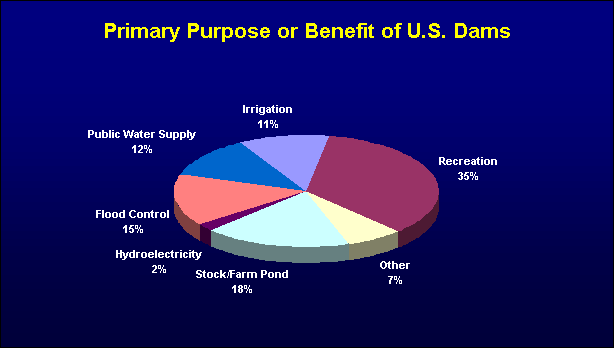
Top of Page
Renewable
- Hydropower is the leading source of renewable energy. It provides more than 97% of all electricity generated by renewable sources. Other sources including solar, geothermal, wind, and biomass account for less than 3% of renewable electricity production(1)
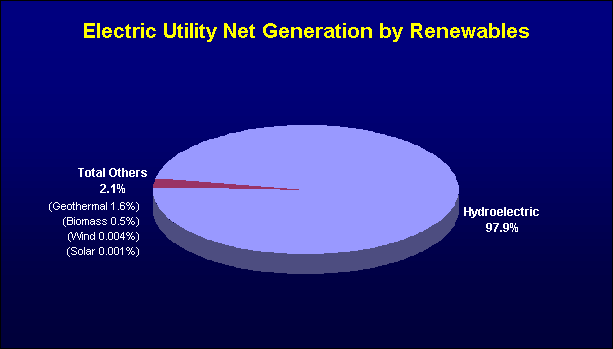
- Water is a naturally recurring domestic product and is not subject to the whims of foreign suppliers. (1)
Top of Page
Recreation
- Reservoirs formed by hydroelectric dams provide many water-based recreational opportunities including fishing, water sports, boating, and water fowl hunting. (3)
- Hydro operators own a significant amount of land around many reservoirs that is open to the public for uses including hiking, hunting, snowmobiling, and skiing. (3)
- Hydro operators provide many recreation facilities at their hydropower projects including boat landings, swimming beaches, restrooms, picnic areas, fishing piers, hiking and nature trails, canoe portages, and parking facilities. (3)
- Hydropower reservoirs contribute to local economies. A study of one medium-sized hydropower project in Wisconsin showed that the recreational value to residents and visitors exceeded $6.5 million annually. (4)
Top of Page
Footnotes
-
1. Facts You Should Know About Hydropower, National Hydropower Association, 1996
-
2. Wisconsin Energy Statistics, Wisconsin Energy Bureau, Department of Administration, 1994
-
3. Final Environmental Impact Statement - Wisconsin River Basin, Federal Energy Regulatory Commission, 1996
-
4. Lake Holcombe Recreational Use Study, Northern States Power Company, 1996
|